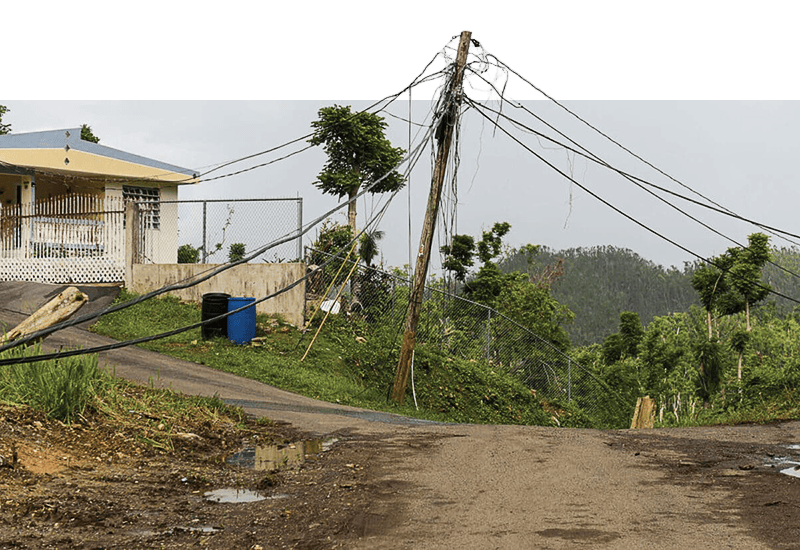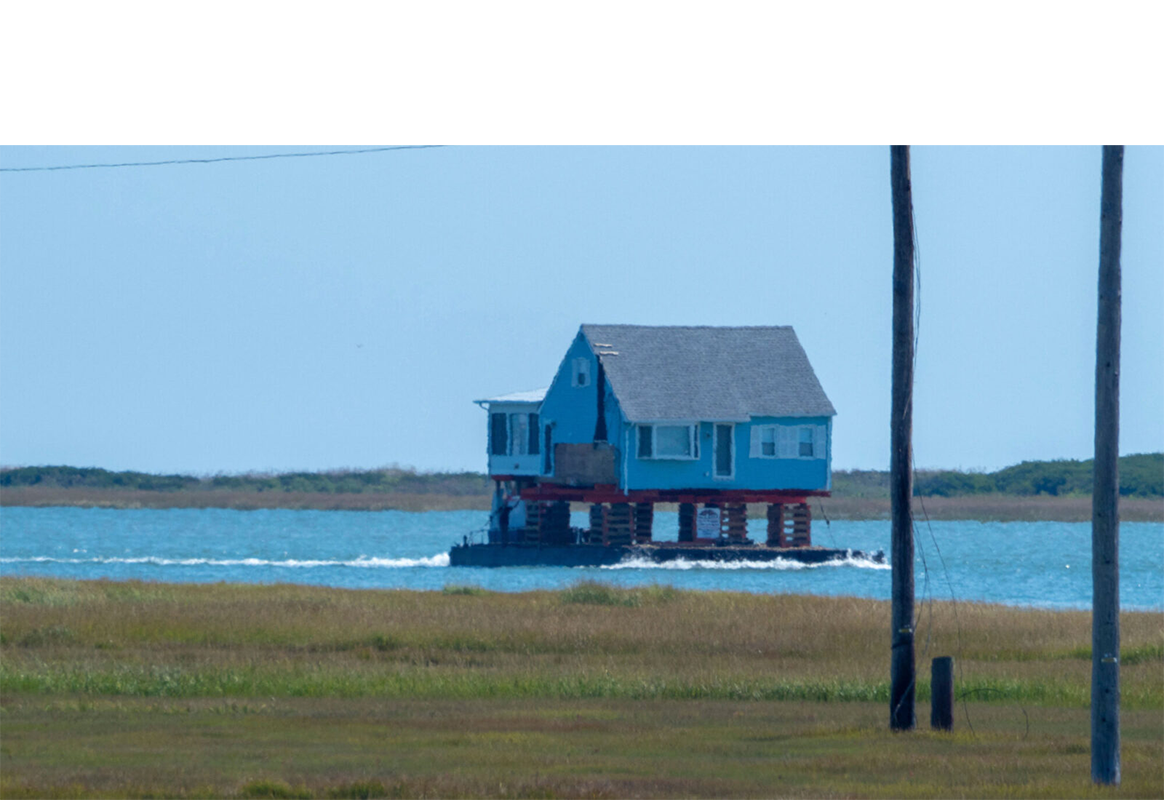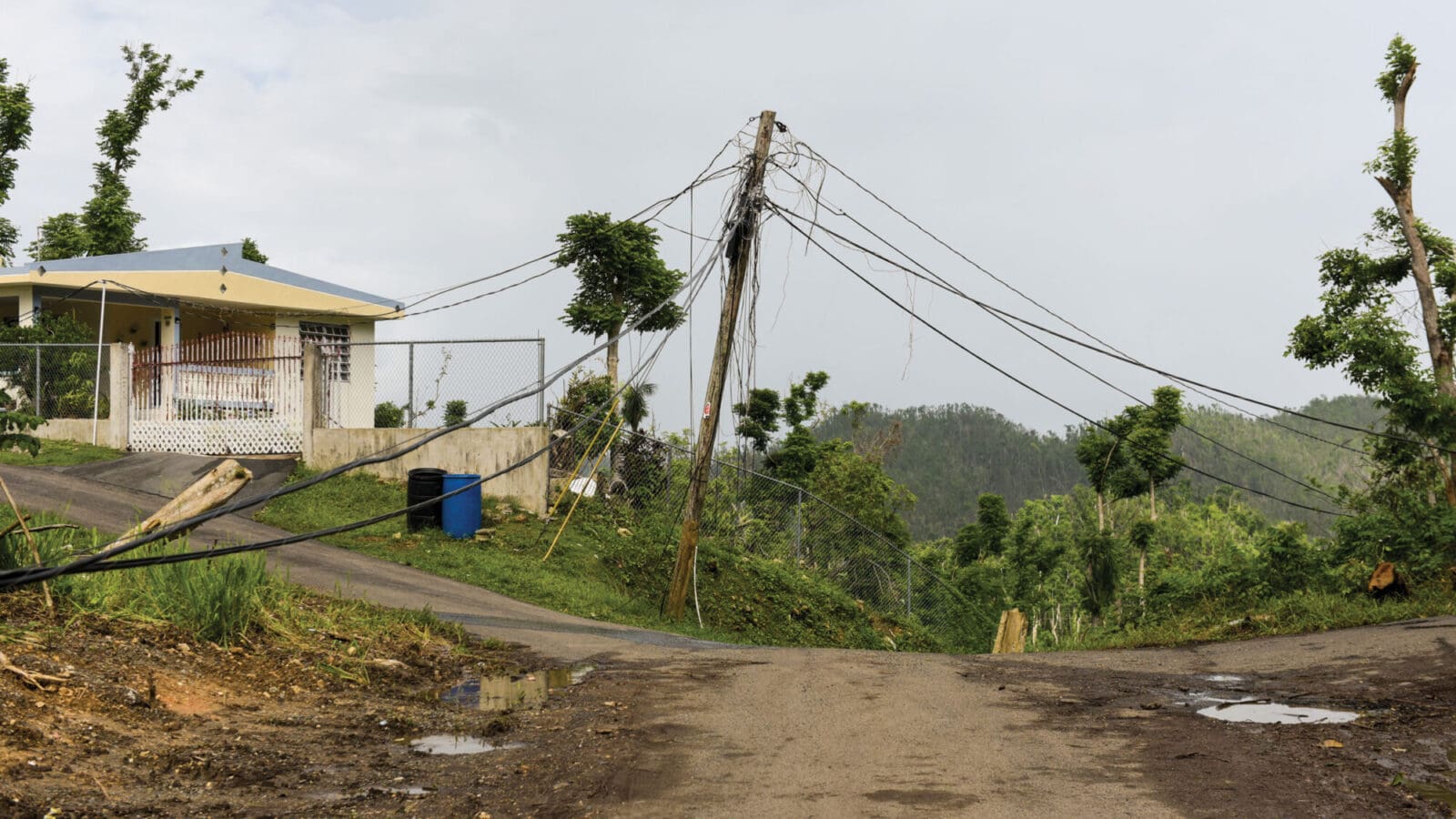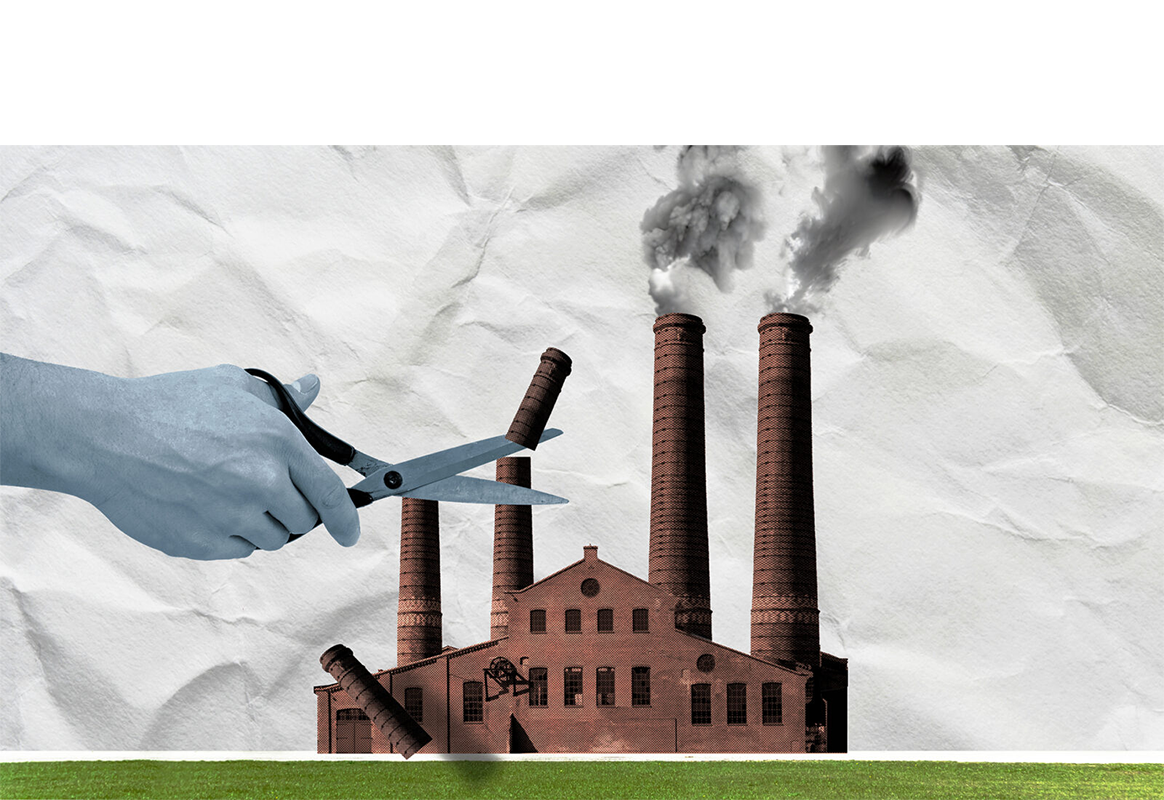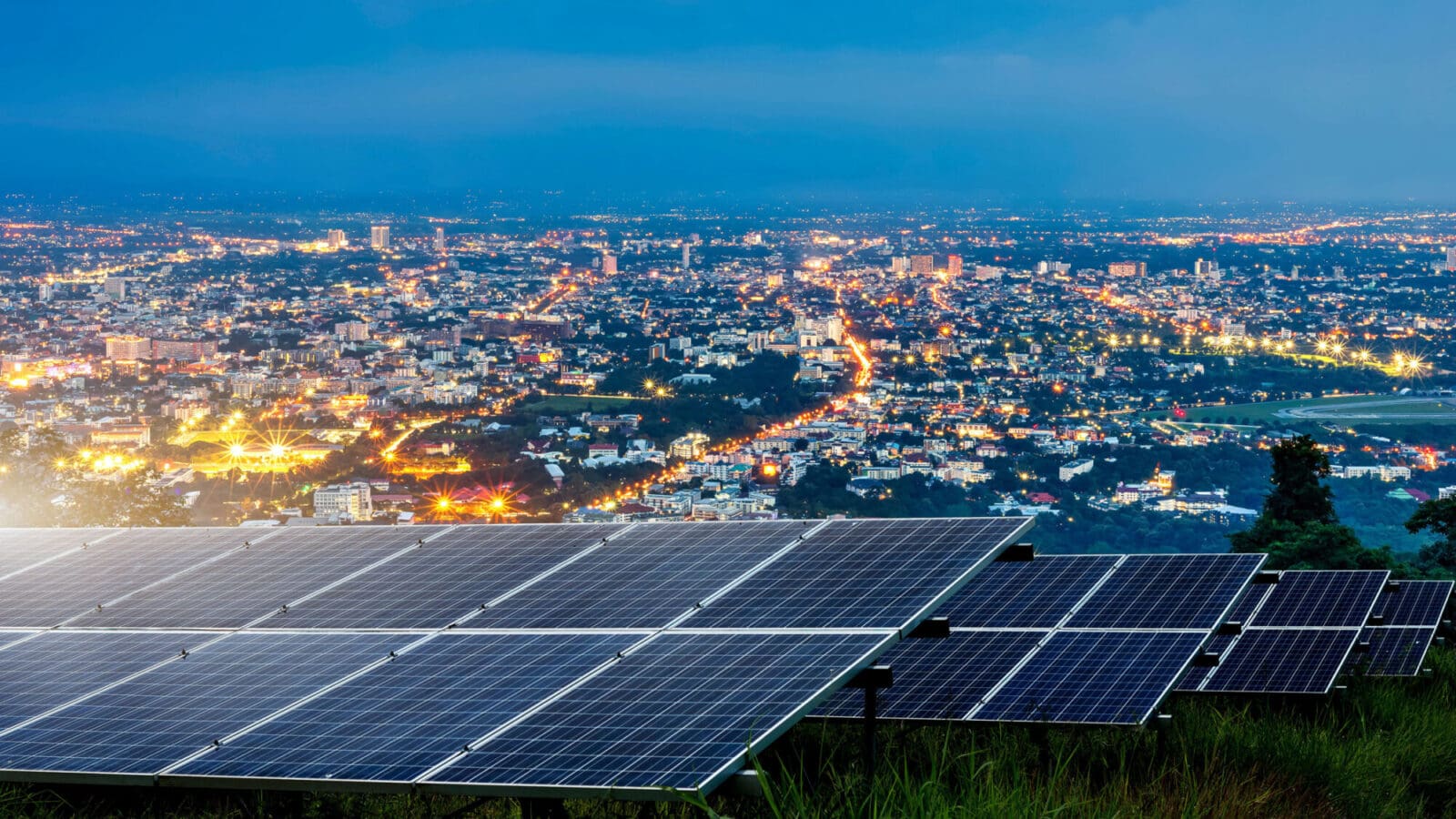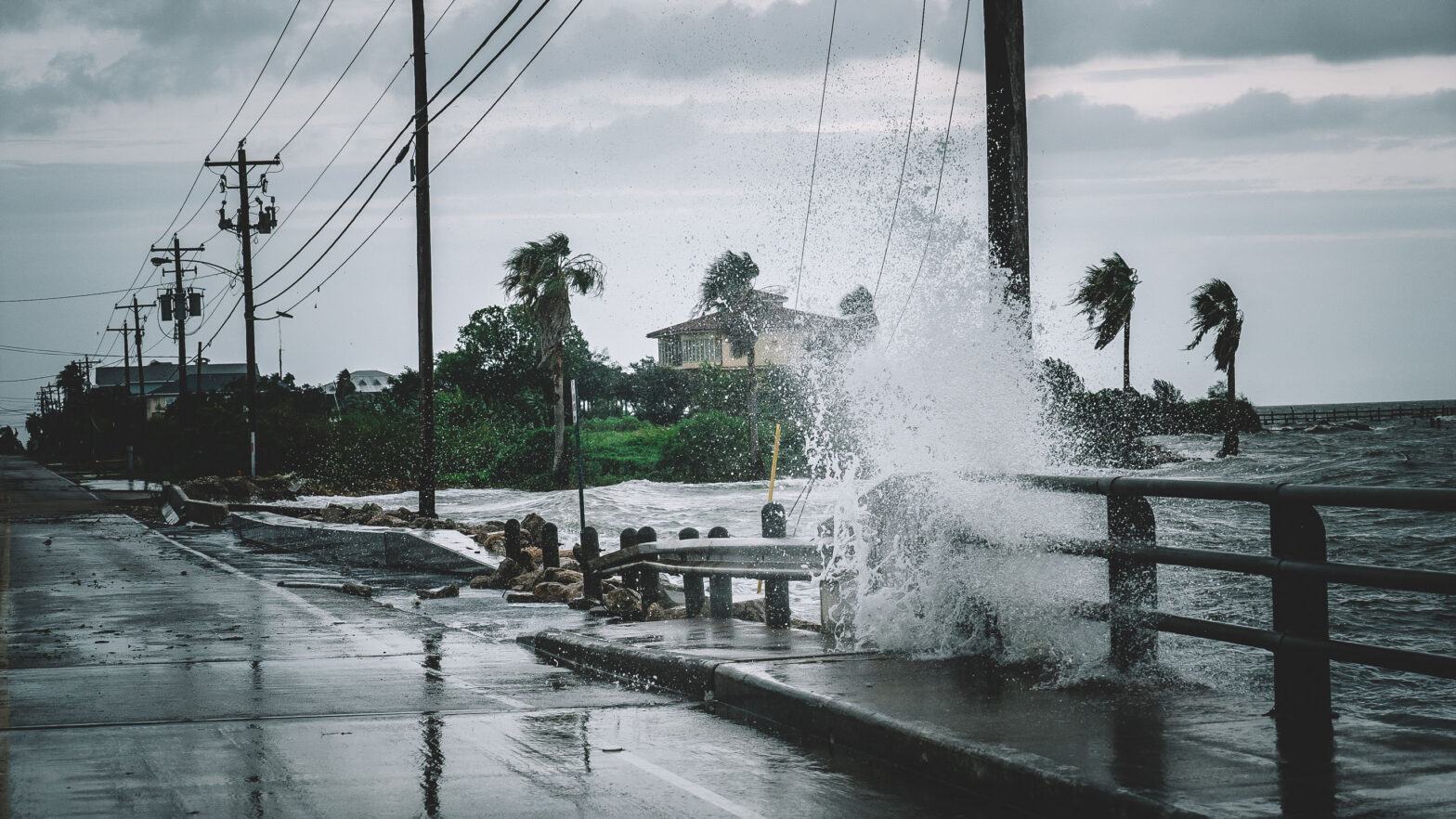
Burying short sections of power lines would drastically reduce hurricanes’ future impact on coastal residents
By
on
Princeton researchers investigated the risk of this compound hazard occurring in the future under a “business-as-usual” climate scenario, using Harris County, Texas, as an example. They estimated that the risk of undergoing at least one hurricane-blackout-heat wave lasting more than five days in a 20-year span would increase 23 times by the end of the century. But there is some good news: Strategically burying just 5% of power lines — specifically those near main distribution points — would almost halve the number of affected residents.
Heat waves are the deadliest type of weather event and can become even more dangerous when regions that rely on air conditioning lose power. Historically, a heat wave following a hurricane has been rare, because the risk of extreme heat usually passes before the peak of the Atlantic hurricane season in late summer. As global temperatures rise, however, heat waves are expected to occur more often and hurricanes are likely to become more common and more severe, increasing the odds of hurricane-blackout-heat wave events.
“Hurricane Laura in 2020 and Hurricane Ida in 2021 both had heat waves following them after they destroyed the power distribution network,” said Ning Lin, associate professor of civil and environmental engineering, who led the study. “For this compound hazard, the risk has been increasing, and it is now happening.”
In a new study, published July 30 in Nature Communications, Lin and her coauthors looked at the risks associated with the compound hazard and how infrastructure changes could mitigate the potentially deadly effects. They combined projections of how often and when hurricanes and heat waves would strike in the future with estimates of how quickly power could be restored in areas with outages after a major storm.
The team chose Harris — the home of Houston — as their model county because it has the highest population density of any city on the Gulf Coast. Hurricanes Harvey and Ike both walloped Houston, causing an estimated 10% of residents to lose power.
The researchers found that the percentage of Harris residents expected to experience at least one hurricane-blackout-heat wave longer than five days within two decades would grow from a present risk of 0.8% to a future risk of 18.2% by the end of the century. Different parts of the county will likely suffer more than others, however, with rural residents facing a higher risk of extended outages.
The team also considered power grid improvements that would reduce the impact of a hurricane-blackout-heat wave for residents. Burying 5% of wires near the roots of the distribution network would reduce the expected percentage of residents without power from 18.2% to 11.3%.
“Mostly, our current practice is randomly burying lines,” Lin said. “By burying lines more strategically, we can be more efficient and more effective at reducing the risk.”
This type of analysis can help city planners understand where residents will be most at risk of a hurricane-blackout-heat wave and to identify targeted improvements to their power distribution system that can best diminish the impact.
“This is a very important work,” said Lei Zhao, an assistant professor in the Department of Civil and Environmental Engineering at the University of Illinois Urbana-Champaign who was not involved with the research. “This paper not only provides the projections; it connects the extremes with real-world impacts.”
He said that one take-home message from the work is that climate modelers, engineers and city planners need to work together to mitigate the risks faced by the almost 30% of the U.S. population that lives in coastal counties. “Nowadays, we encounter some extremes almost every year,” he said. “People are realizing it’s not just infrastructure design, it needs to be climate-informed infrastructure design.”
The current study examines the problem of compound hazards at the county level, but Lin’s group is working to scale up the analysis to entire states. They are looking for ways to reduce the computational demands of the analysis, because as they expand the geographic area, physics-based power system modeling becomes computationally taxing.
More generally, the new work highlights the need to think about the intersections of different hazards and how they may worsen under climate change.
“Climate can drive multiple hazards with compound effects that we don’t understand, and that may be new to us in the future,” Lin said. “Considering this kind of compounding of multiple climate hazards and infrastructure vulnerability is an important direction both for the research community and for decision-making.”
The paper “Tropical cyclone-blackout-heatwave compound hazard resilience in a changing climate” was published with funding from the National Science Foundation of the United States and the National Natural Science Foundation of China. Kairui Feng of Princeton and Min Ouyang of Huazhong University of Science and Technology are coauthors on the paper.
